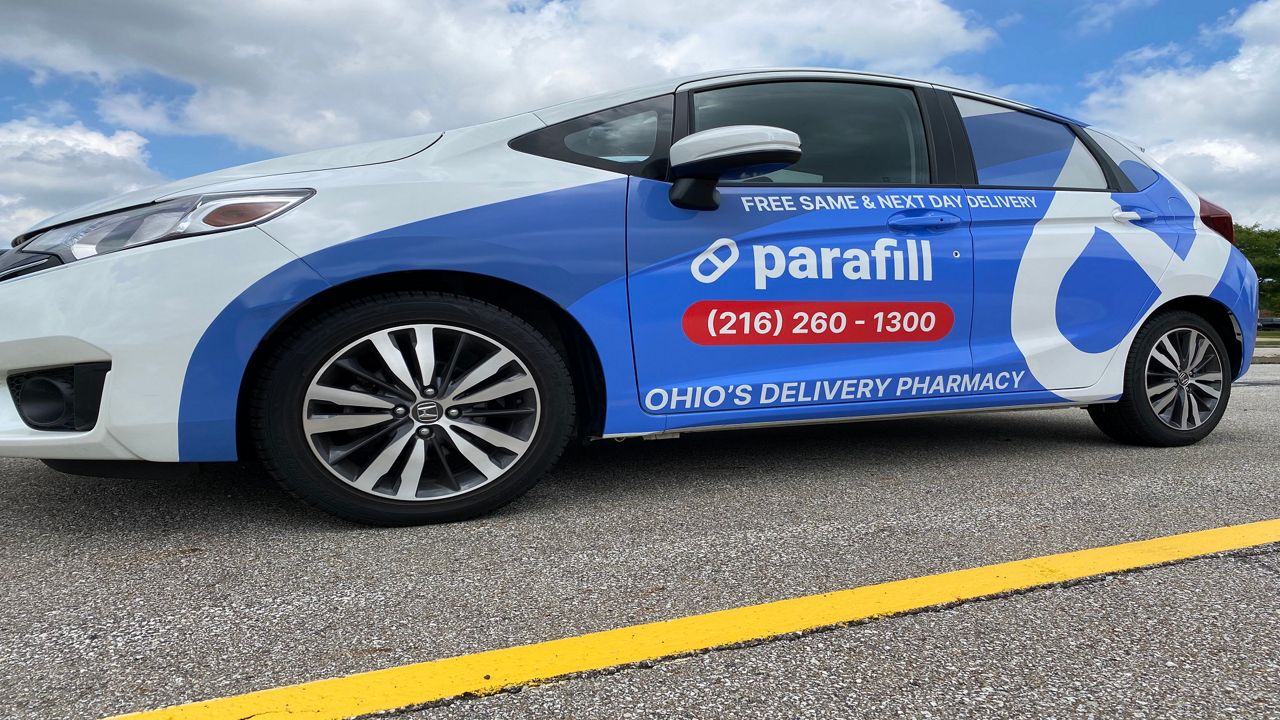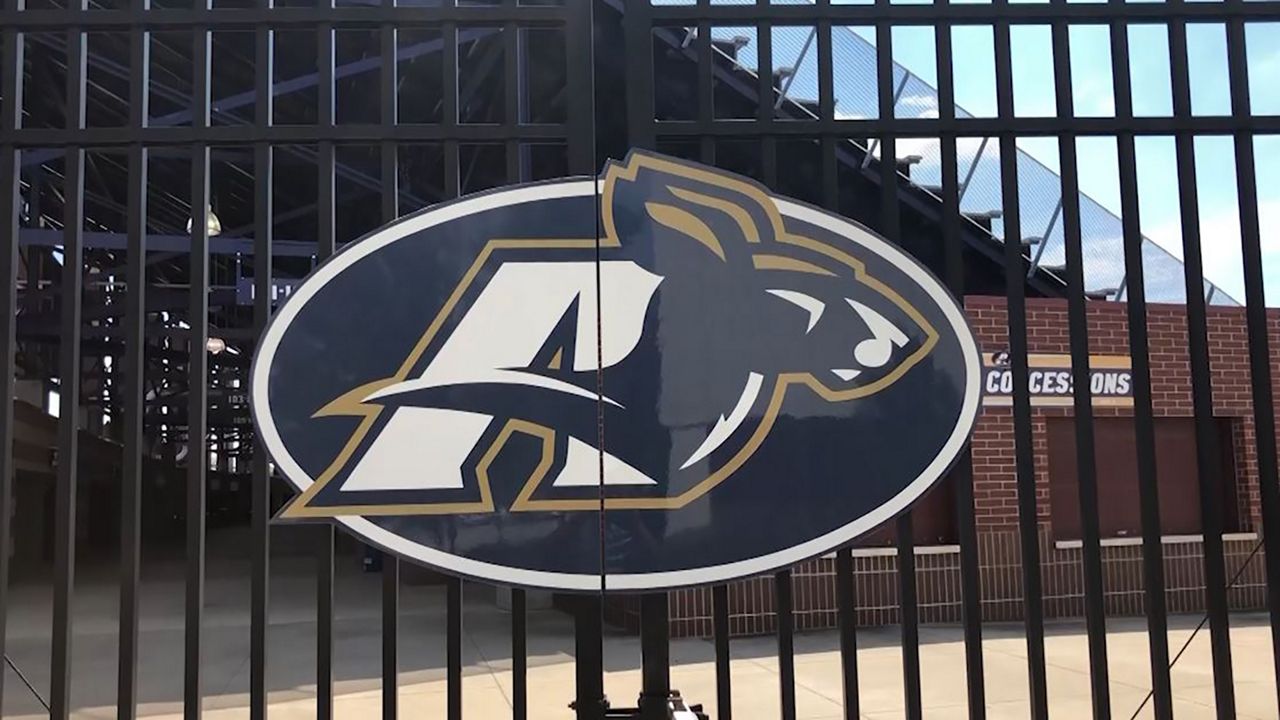CINCINNATI, Ohio — Grocery shopping has gotten harder for everybody during the coronavirus pandemic, but for those already struggling with food access, it's become even more difficult to find fresh fruits and vegetables.
What You Need To Know
- Roughly 25 percent of Cincinnati's population lives in a food desert
- Healthy Harvest Mobile Market saw demand for services increase by 50 percent since the pandemic began
- They've needed more volunteers, donations and a change in shop structure to keep up
- Food Forest has seen their demand increase by 1,000 percent.
- The app has gotten grants to develop the infrastructure to handle the growing need for affordable food delivery
In Cincinnati, Healthy Harvest Mobile Market has been serving the city's food deserts for years, including Shauna Felton's neighborhood in Price Hill.
"Every week," she said. "Every week for two months straight, I love it."
Felton is one of the market's most faithful customers but she said the market is more than a convenience, it's a necessity.
“It's two miles to Krogers [sic] and I don’t have a car," she said. "I’d have to walk and then I’d have to carry all this stuff.”
Felton said the market is one of the few reliable and affordable ways for her get fresh food to feed her family.
"When they come here on Tuesdays, I'll be here faithfully," she said.
John Sugawara, the mobile market coordinator said many of its customers have similar stories.
“Most of these neighborhoods that we’re going into are food deserts so they don’t have access to fresh fruits and vegetables,” he said.
Sugawara said that need worsened when the pandemic began.
"We’ve heard a lot of stories of people who either don’t feel safe in grocery stores anymore due to increased health risks, whether it be their age or other health factors that it may be,” he said.
He said it was especially difficult when the busses reduced their schedules.
Now, Sugawara said sales are up about 50 percent which means the mobile market has had to rely on more volunteers, more donations and create a new shopping experience.
"We've had to move the shopping from inside the truck to outside the truck," he said.
The market is requiring people to fill out order sheets when they arrive and only the truck operators will go on the truck to pick that food out.
Sugawara said it not only makes the process safer but encourages people who have been avoiding stores to come out.
“We provide an open air, more shopping experience for them where they can appropriately spread out and socially distance,” he said.
For those still unable to make the trip, there's another option: virtual markets and pantries.
David Curtain founded Food Forest a year ago to address food access disparities by more directly bringing food to people who need it.
Anyone in the Cincinnati area may use the app to virtually fill their cart and order groceries for the next day.
“I saw a lot of people trying to use brick and mortar as their solution for food access but I truly believe that e-commerce has a much larger upside,” Curtain said.
Curtain said the app was slowly growing in popularity in its first year but when the pandemic hit, that demand skyrocketed.
“We saw almost a 1,000-percent increase in orders so we had to really swarm around it to figure out how we could meet the demand,” he said.
Curtain relied on grants and partnerships with other agencies to ramp up and expand his delivery service as well as offer discounts and alternative payment methods for those who need his service the most.
He plans to keep up this infrastructure well into the future.
“We really aim to be a solution as opposed to a band aid for the problem so we’re excited to see where this will be a year from now, two years from now, 10 years from now,” he said.
For now, neighborhoods like Felton's, which have long had limited options, are seeing that market opening up.
“It’s very, very convenient for us,” she said.







